Like Herb Robert, Ragged Robin is also named after the Goblin Robert (Robin) Goodfellow. But this flower links to the dark side of our illustrious trickster, who liked to cause trouble.
It is said that when in a bad mood, Robin wore a dark pink hat, dyed with human blood and that he used his magic powers for evil rather than just mischievous pranks.
He could apparently control the weather and therefore cause havoc with crops. It was also believed it was Robin who turned the days short and dark in winter, made freshly churned butter go off and that he spoiled beer-just because he could!
These tricks made people think that Robin was in cahoots with the devil, so anything connected with him was considered unlucky.
According to folklore, one day Robin was in a particularly bad mood and looking for trouble. He knew that the fairies liked a specific pink flower to make their dresses, so he shredded the petals of this flower just to upset them. The flower never recovered and kept its shaggy look. It became known as Ragged Robin. People concluded that picking Ragged Robin would certainly cause bad luck or at the very least cause bad weather.
Other tales tell us that it wasn't Robin who shredded the flower's petals but that it was an angry wizard.
The wizard in question had cheated on a good witch's daughter, which was a silly thing to do, as the angry mother turned him into a cuckoo to punish him.
The witch, who was kind and forgiving, regretted her spiteful act and turned herself into a bright pink flower as penance. Not very clever, because as a flower she couldn't undo the spells anymore. The wizard, furious about being stuck in a little bird's body forever, shredded the pink flower's petals in a mad rage. As a result, the ragged flower was called Lychnis (from Greek ‘lukhnis’ meaning lamp) Flos (from Latin, meaning flower) Cuculi or Bright Cuckoo Flower. This is how it came by its scientific name, Cuculi which is Latin for Cuckoo.
Ragged Robin is also known as Cuckoo Flower (not to be confused with Cardamine Pratensis, which is known as Cuckoo Flower as well. That however, has to do with the Anglo Saxon word ‘cucu’ which means quick and lively).
Victorian children tied scraps of paper with names around the budding Ragged Robin stems. The name on the scrap of paper of the flower that opened first was the name of their future husband or wife.
The Victorians also thought that if a gentleman carries a Ragged Robin flower in his breast pocket, and it stays fresh all day long, he will be lucky in love.
The word "Ragged" comes from the Vikings. The Old Norse word Raggaor turned into Raggig in Old English and meant shaggy.
If you’re enjoying Flowerology, maybe you’d like to share it with some friends, who like flowers and stories? It really helps support my work. Thank you so much!
This newsletter is NOT a field guide for flower identification. It’s often difficult to tell the difference between harmless plants and poisonous plants and some flowers are rare and protected by law, so, NEVER pick or use any plants or flowers if you’re not sure about them.


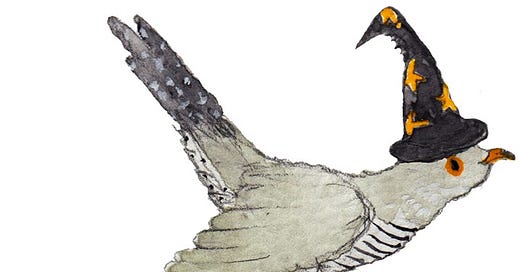



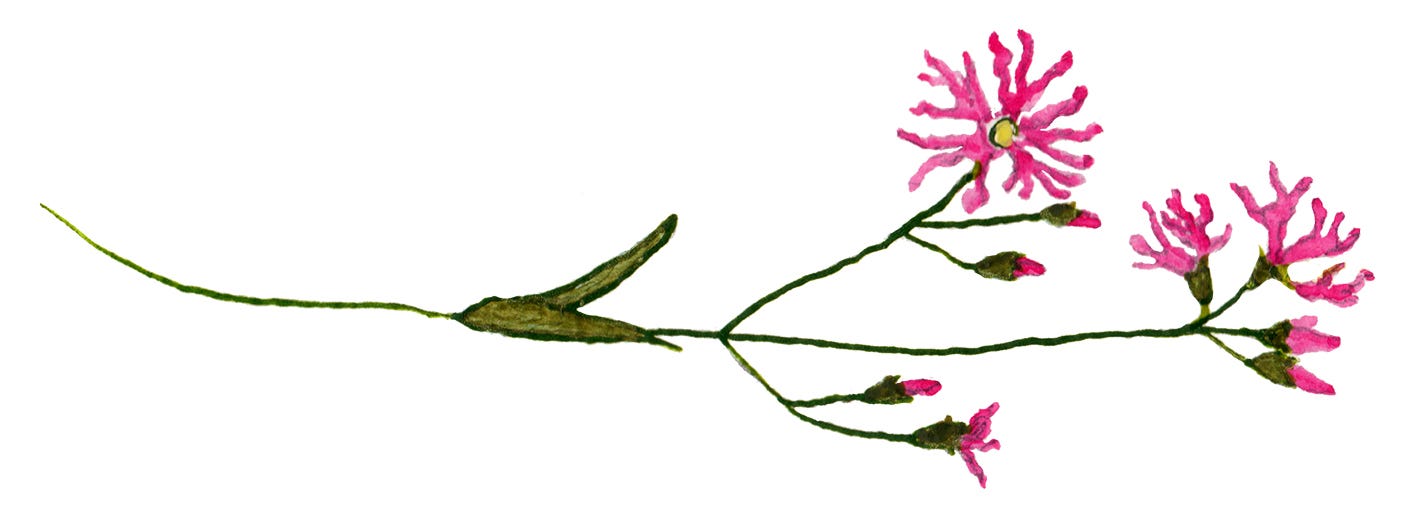
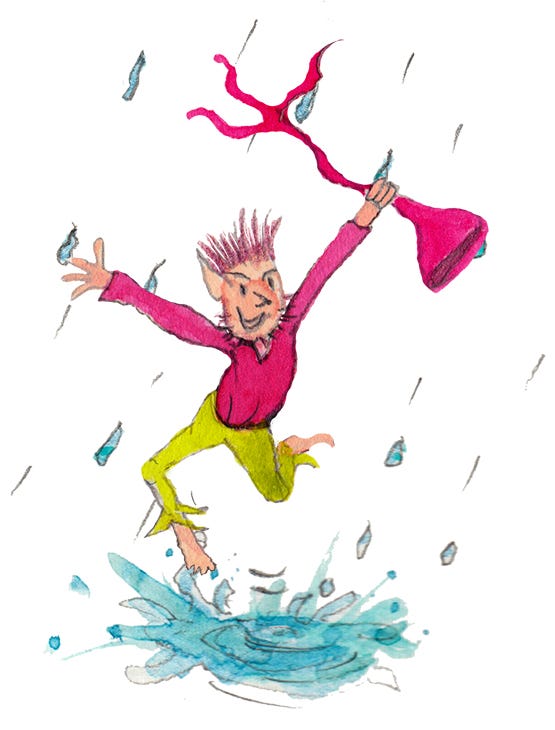
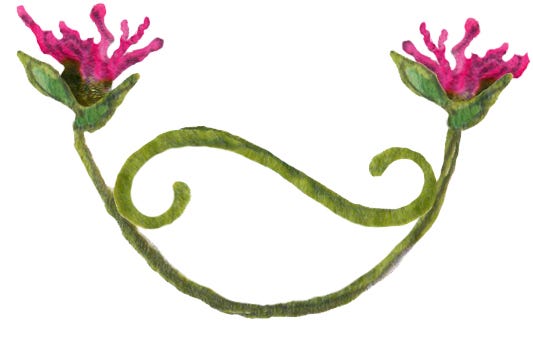

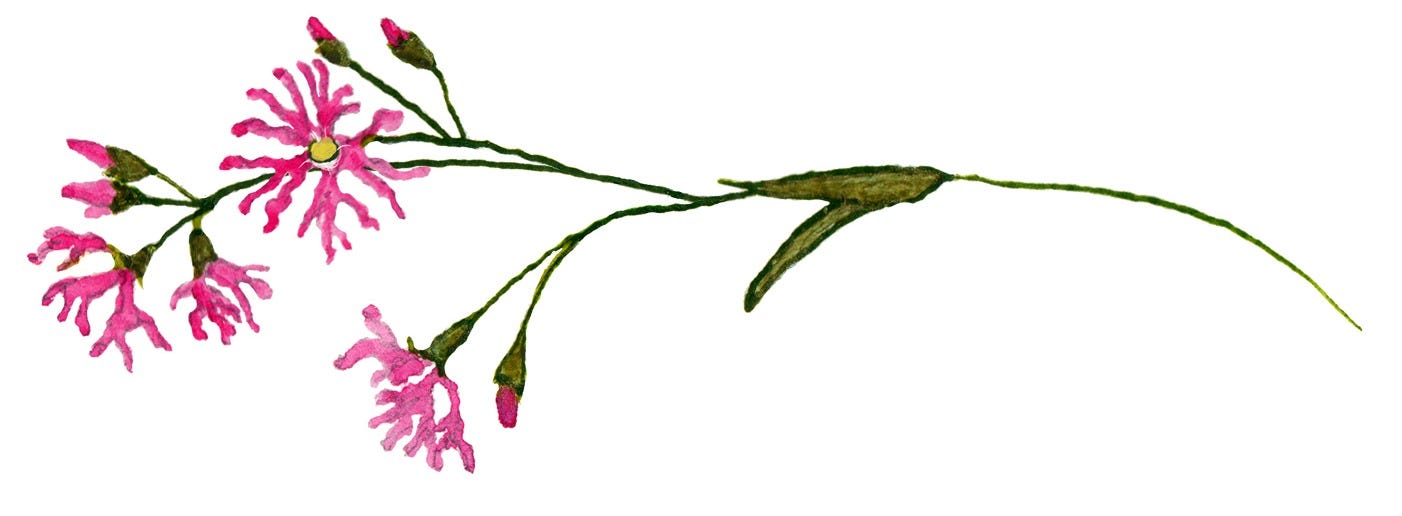
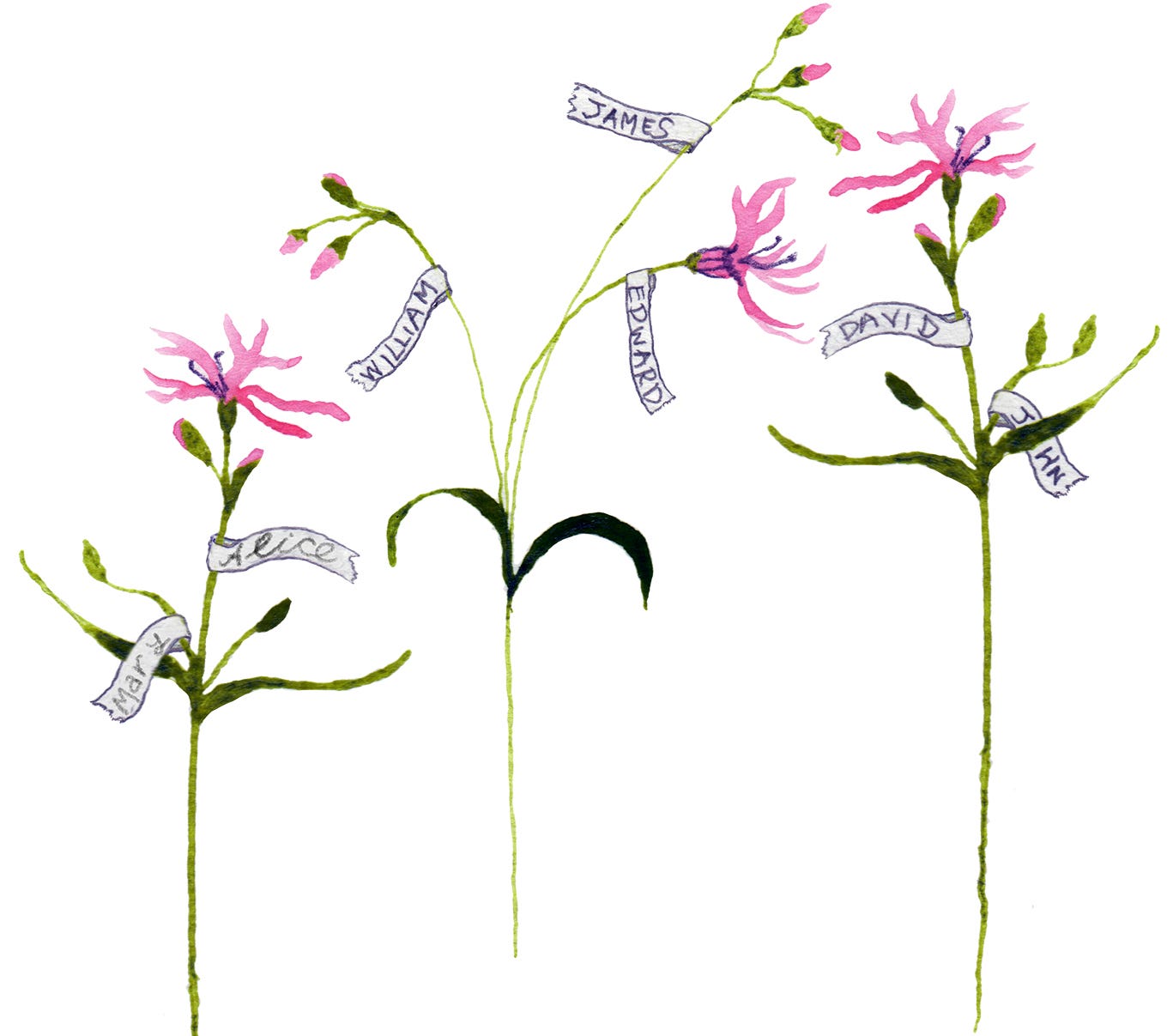
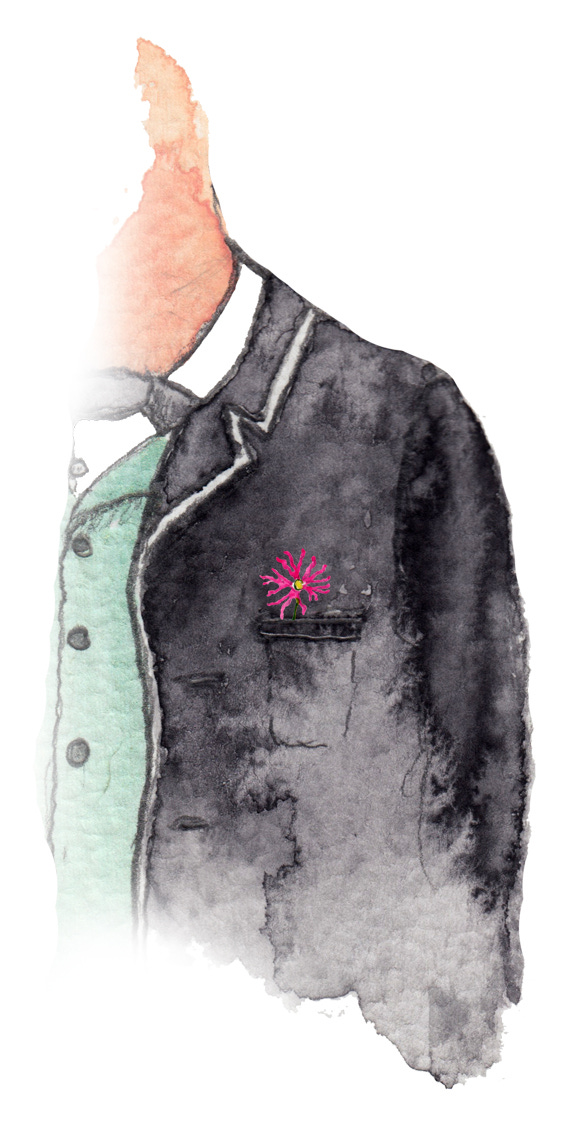

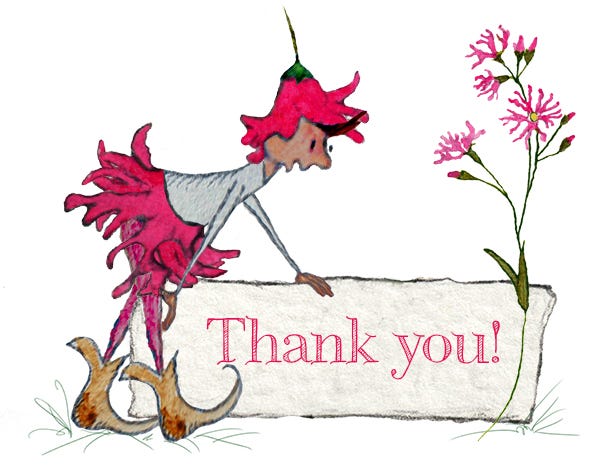
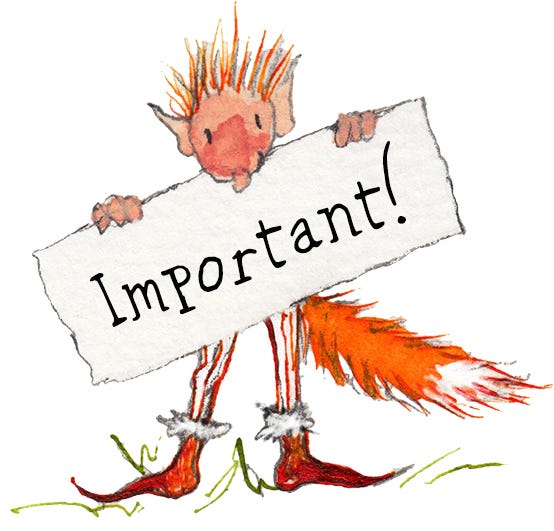
I love all of this information! I grew up in Bolivia and we used the word cuculi to describe bad spirits that were going to come get us if we didn’t behave.
I loved seeing the word cuculi in this chapter.
I often pick ragged robin in my garden. It’s so pretty